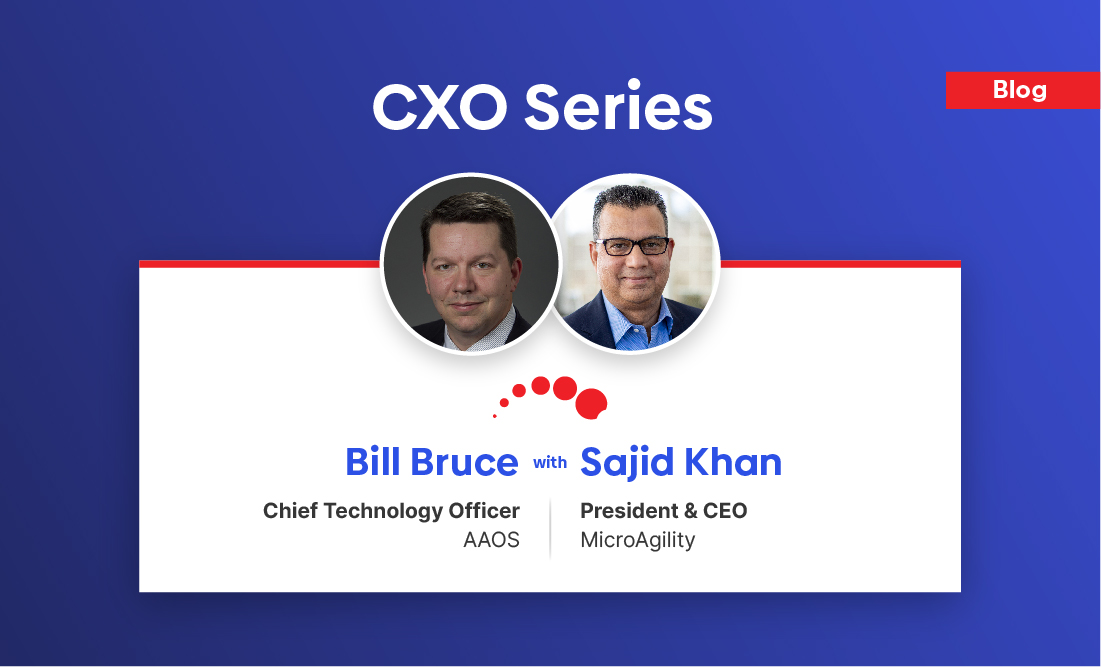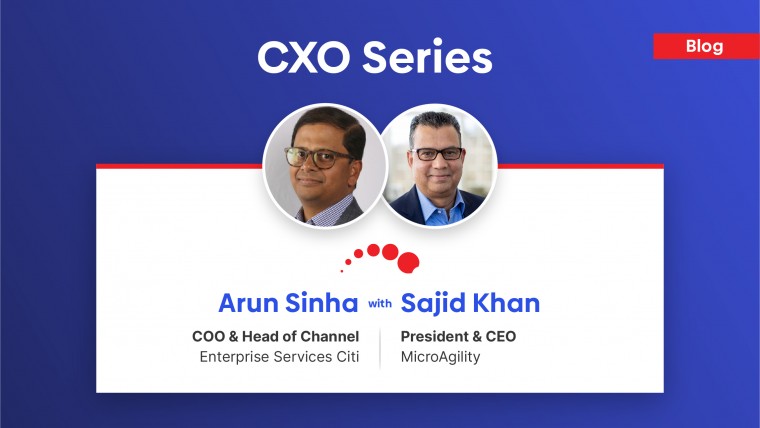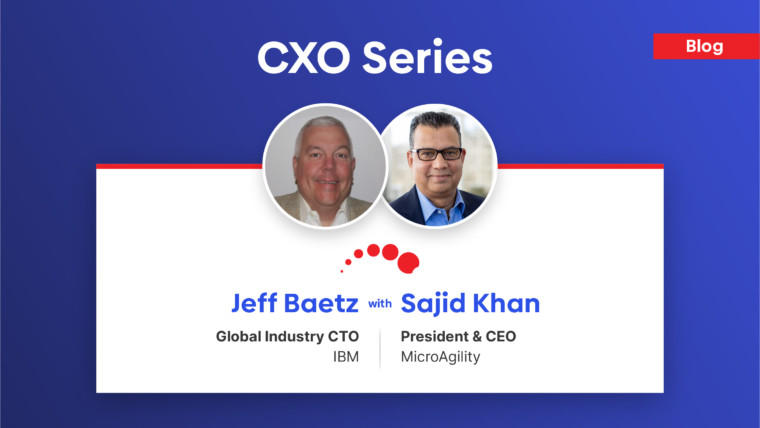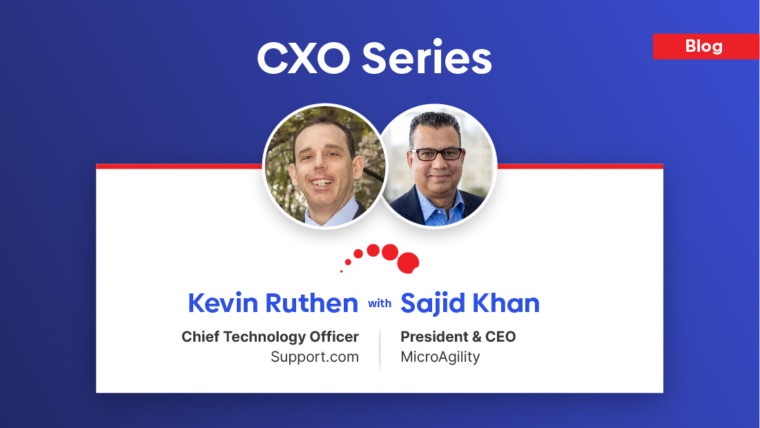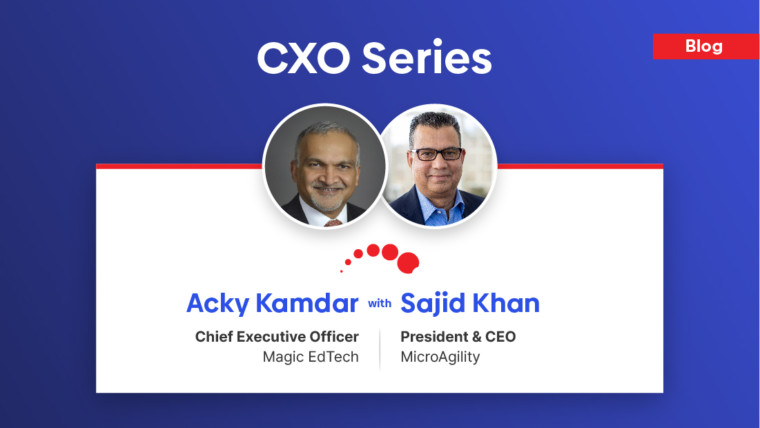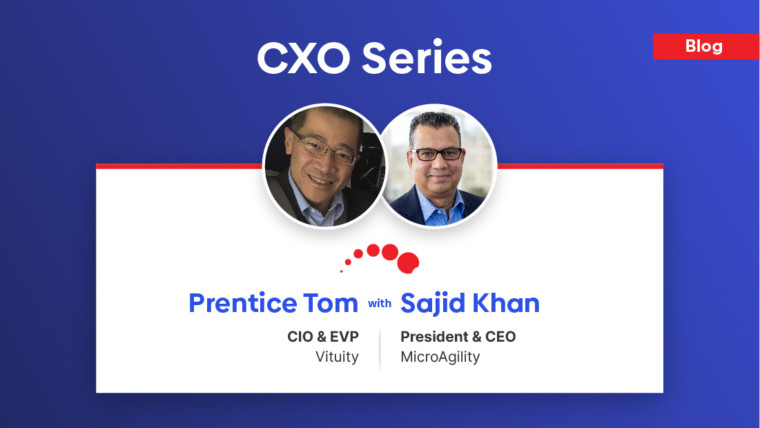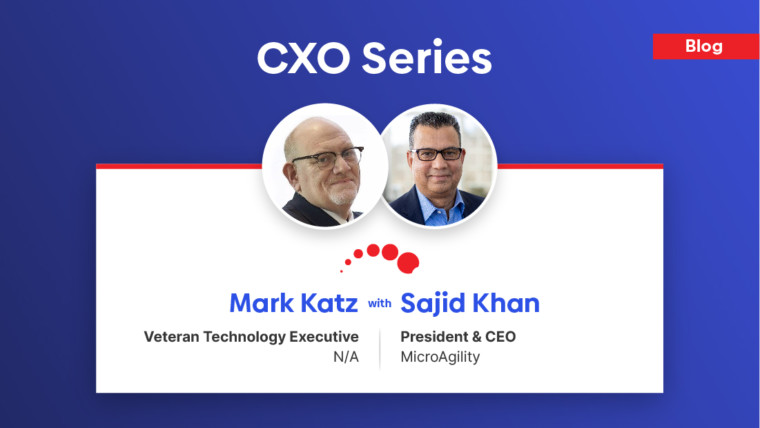Bill has been with the AAOS since fall of 2012. As CTO, he is responsible for all technology related activities at the Academy and also leads their Membership and Customer Service teams. Bill is primarily tasked with leading a technology turn around at the Academy that will touch on literally every aspect of technology utilization. Before joining the Academy, Bill was CIO at the American Psychiatric Association where he worked for 12 years. He has several years of prior experience managing technology in the private sector as well. Bill enjoys volunteer work and is a member of ASAE’s Technology Section Council. Bill is also US Navy veteran, holds several technology certifications and is a CAE. Bill received his MBA from the University of Maryland’s Robert H. Smith School of Business in 2011.
Bill has been a technology enthusiast since his childhood, beginning his life-long interest in learning programming languages in elementary school. Currently, Bill is interested in big-data related technologies, the impact of a maturing mobile market, the evolution of generational perspectives on associations, and home-built quad-copters.
Sajid Khan: Bill, Thank you very much for taking the time out of your busy schedule for this Interview. Can you begin by sharing your perspective on the role of CTO in a nonprofit organization such as AAOS?
Bill: We are in a very interesting time for nonprofit organizations. With the rapid acceleration of technology turnover cycles, it is really challenging for established nonprofits to attain the nimbleness required to be proactive. In our sector, the CTO title is on the rare side with more organizations opting for CIOs. My role includes a significant portion of creativity involving defining new technology that sometimes needs to be built in addition to tending to the more common oversight of the information services within the organization that is typical of CIOs. That creative role is part of our strategy to improve our nimbleness. The Academy prides itself on being able to deliver near cutting edge experiences to its members, though it fell somewhat behind on that aim for a while. My role is to catch up and solidify our position as a leader of innovation for our members.
SK: Would you like to share some of your challenging initiatives at AAOS including mobile applications development?
Bill:The Academy has a great need to update much of its technology and to ensure that our technology investments are tightly integrated with the broader organization’s strategic plan. From my first day, I knew this would be an incredible challenge and also extremely rewarding. We have a lot on our plates right now and our Board has authorized unprecedented investment in technology. This year, we completed a much needed update to our association management system and are in the midst of a complete reworking of our websites. Most of my work so far has focused on building foundational systems that can support a more modular and value-driven suite of new and updated products and services. We are prototyping a new API driven service bus for all our systems that will greatly reduce our dependence on multiple vendor co-dependencies.
This API based approach was instrumental in two of our recent mobile successes. First, we use it to drive our relationship with our mobile event app partner to deliver a truly engaging app experience. The event app, “My Academy” uses this API to automatically build our attendees schedules based on their session purchases, and removes nearly all human entry of data into the back-end content management system. It connects to our other event vendors and uses a system of push and pull calls to automate better than 90% of the app content. Secondly, we have used the same underlying system to drive our rich subscription based video content to an app that allows subscribers to access their entitlements on the go. The app, “AAOS Access” allows our members to stream, download, bookmark, rate and provide feedback on this content. We are also capturing a great amount of data showing how this content is being used, so we can provide better analysis on the content development front. When our updated website launches later this year, user’s preferences and content entitlements will be fully synchronous between the app and the site.
SK: How effectively nonprofit management organizations have been innovating in these years?
Bill: I think this depends on the nature of the given organization. There are newer and smaller nonprofits that have excelled at innovation. Others are less so. I see this as a parallel to the modernity of wireless connectivity globally where those who were slow to adopt modern telecom were able to deploy very modern and often superior networks when compared with established nations. These smaller players were not encumbered with generational investments in infrastructure that plague first-world nations.
Similarly, smaller or newer nonprofits have the opportunity to build their technology portfolio within a nimbler modern context with more of a “clean slate”. Larger, established nonprofits must consider their legacy portfolio when pushing ahead. This consideration has a tremendous slowing effect on decision making and innovation. Generally speaking, I think that larger nonprofits are more likely to overly minimize the value of embracing innovation for myriad reasons. It will always be easier to build for the future than to adapt to it.
SK: What are some of your plans for future as a CTO at AAOS?
Bill: I have huge plans. We are fervently continuing our push to provide value-driven digital experiences. This includes an ambitious roadmap for our current and planned mobile apps. We are in the early stages of developing a learning technology platform that will have substantial implications to our content and product development processes. In our situation, we also have a large volume of smaller sub-specialty organizations with which we share many members. This creates many opportunities to reduce friction as we partner with these other organizations to improve the mutual value that can be provided to joint members. This will involve a form of universal identity management and something a bit more ambitious than typical single sign on systems. We are also going to need to shift away from BI and Analytics in a traditional sense in favor of big data approaches that are somewhat “fuzzier.”
SK: What’s been your splendid achievement in your career?
Bill: My real hope is to eclipse the accomplishments I have achieved so far. One thing that does come to mind is some of my work at a previous organization. While I was there, I quickly rose to the top IT role in the organization and was given the task of completely replacing their CRM platform. What they had was a mess. A custom-built system that was a rush job to replace a previous system for non-existent Y2K issues. I was able to assemble a strong core-team and work through the entire process from inception onward. It wasn’t the system implementation per se, but the team achievement that was accomplished. For that organization, at that time, complex technology initiatives were not familiar. We had to battle the organization’s culture and fear of change every step of the way. In the end, the effort was a success and many of my core team has since become strong leaders in their own right. We introduced a modern approach to project management that included outcomes-based performance measurement. It was also the project that began to tear down the silos within the organization. Much of what we put in place from a culture and process perspective was built on in following years, resulting in a healthier overall attitude towards technology and its role within the organization.
I am doing similar work at the Academy now, only on a far grander scale.
SK: Could you please share your leadership Style? Does your leadership style vary with the role?
Bill: My leadership style is partly based on my belief that showing is usually more valuable and effective than telling. I focus on how closely the end result of a thing can be to its intended outcome. I build on this by finding ways for my team and my organization to find success, setting the conditions for the ideal outcome and supporting them as they work towards it. Most importantly, I continually revisit the validity of my own assumptions and often make revisions as potential futures become more clear. I expect a lot from my team and find that letting them take responsibility and accountability for much of their own success is usually most effective in the long run. This means that I am not a micro-manager, nor am I a technology zealot.
I think every leader worth following will shift their style as the situation requires. Not doing this would mean I would be a one-dimensional leader and that would be a weakness that could undermine my success. The trick is knowing how much to shift that style and when. Knowing that is more a matter of intuition and perception than of formula and script, though.
SK: What advice would you offer for other technology executives who aspire to follow your footsteps?
Bill: I think the single most important thing to do is to gain a true understanding of the business your organization is in. This goes well beyond simple knowing it is a membership association, foundation, or non-governmental organization. You need to know why your organization exists, what it does, and how it actually provides value to its constituents. For a technology executive to be successful, he/she must be well versed in literally everything the organization does and why it does it. This is a very high bar for many of us and I think its absence is much of the cause of why many organizations are unsatisfied with their technology output. Technology leaders are expected to be able to relate to the various areas of their organization. This expectation puts us under demands similar to the CEO and CFO and is usually not applied to others in the C-suite. If you chose to lead technology, you actually chose to know and lead the whole organization in many respects.
I am fortunate to also be responsible for membership and customer service which keeps my finger on the pulse of our most important constituents. This lets me inform the organization on issues that surpass basic IT initiatives by adding a sense of why and the value of the results we aim to achieve. I meet with members of our entire executive and management team regularly to maintain an ongoing sense of what our perceived needs are and how we are hoping to satisfy them. In summary, I would say knowledge of the entire organization is of equal or greater value than knowledge of technology itself.
I would also point out the importance of knowing when to make preemptive changes. You must continually examine how well everything is going and quickly identify early signs of failure. This can be difficult emotionally and politically. You might find yourself pushing to accelerate a system transition in advance of its planned life, or changing a services that still has external value. You need to know when to stop putting resources into initiatives that will produce diminished value. Once something breaks, you are reacting and not leading.
SK: Anything else you would like to share with our readers.
Bill: One of my mantras is to “stay curious”. I don’t do much of anything passively, even for recreation. A strong and constant hunger for knowledge will force you to continually build on and change what you know, what you do, and how you lead. Stay curious, stay open.

